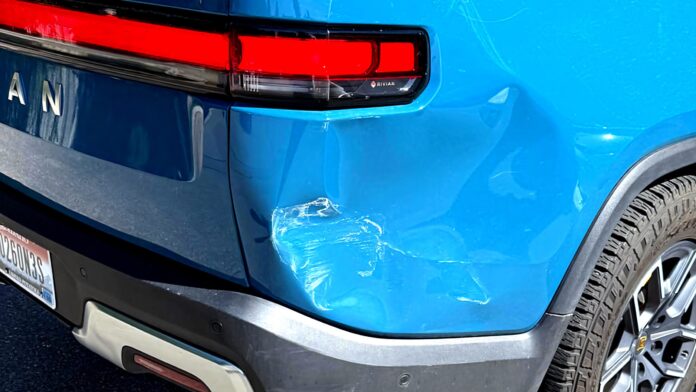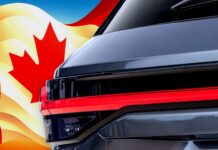The rising popularity of electric vehicles, particularly Rivian’s R1T pickup, comes with a hidden cost many buyers may not anticipate: astronomically high repair bills. Unlike traditional automakers, Rivian’s complex vehicle design, limited repair networks, and insurance battles can turn minor accidents into financial nightmares. This isn’t a matter of bad luck; it’s a systemic issue rooted in how the R1T is built and serviced.
The $1,700 to $22,000 Reality
One Rivian owner recently experienced this firsthand when an employee accidentally damaged the rear quarter panel of his R1T. What should have been a straightforward fix quickly escalated. The insurance company initially offered $1,700, a figure the owner suspected was far too low, given the vehicle’s unique construction. He contacted Rivian for guidance, only to discover the true scale of the problem.
Rivian informed him that the only certified repair shop within 300 miles quoted $16,000. The rear quarter panel isn’t a standalone piece; it’s integrated with the roof, making even minor dents an extensive repair. Paintless dent repair (PDR) – a common solution for other vehicles – was not an option.
The Bottleneck: Limited Repair Options
The owner proceeded with the certified shop, hoping for a lower final cost. Instead, the shop uncovered additional damage during disassembly, pushing the total to $22,000. The insurance company balked, offering only $13,000, deeming the repair shop’s rates excessive.
The owner faced a choice: pay the $9,000 difference himself or enter arbitration, potentially delaying retrieval indefinitely. He paid, appealed, and received no response until filing a complaint with his state’s Secretary of State, which finally prompted a settlement offer of an additional $5,100.
“I really enjoy this truck, but this is bonkers,” the owner remarked. “I hope Rivian improves design to allow for less expensive repair costs for common dings.”
Why This Matters: The Future of EV Ownership
This incident highlights a broader problem. Electric vehicles, especially those with unibody construction and integrated panels, can be significantly more expensive to repair than their gasoline counterparts. Rivian’s limited network of certified repair shops exacerbates this issue, creating a bottleneck that drives up costs.
Insurance companies are also reluctant to pay inflated estimates, leaving owners stuck between overpriced repairs and lengthy legal battles. As EV adoption grows, this will become a more frequent pain point unless automakers prioritize repairability and expand their service networks. This case isn’t just about one owner’s misfortune; it’s a warning sign for anyone considering an EV purchase. The long-term cost of ownership isn’t always reflected in the sticker price.



























